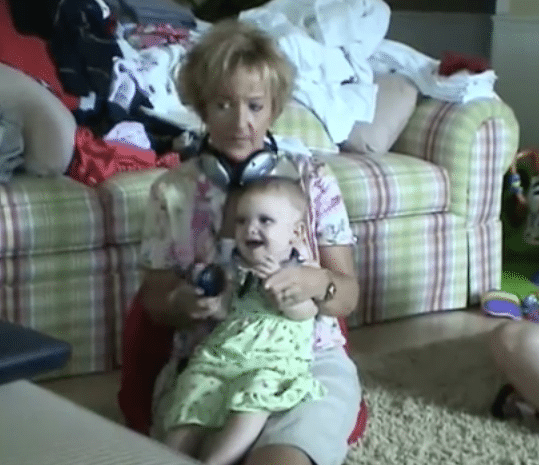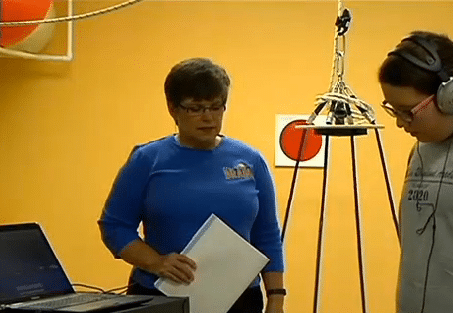Special Report: The Interactive Metronome (IM) and ADHD
National Time Management Month is celebrated during February each year. February is the perfect month to focus on time management skills with your clients. Time management is not as complex or difficult as it seems. When children learn time management early in life, they tend to do so for the rest of their lives. Time management in students helps them achieve their academic and recreational goals. It also teaches them to be independent and productive.
Children diagnosed with Attention-deficit/hyperactivity disorder (ADHD) often have difficulty staying on task and staying organized, all of which can make time management challenging. This is because of the way the brain tends to process things when a person is living with ADHD.
Meet February’s Provider of the Month: Derek Layton
This February, we shine the spotlight on Derek Layton, a wonderful Speech-Language Pathologist who works out of HealthSouth Rehabilitation Hospital of Jonesboro, AR. Derek spends his time treating a variety of clients alongside Occupational and Physical Therapists, working to heal the whole mind and body. Check out Derek's story here...
Is my client a candidate for IM training?
We often get questions on how to use IM with specific populations, how to work with the equipment and anything else that is causing our Providers headaches. Amy Vega, a fabulous SLP and our Clinical Education Director, is here to answer those questions from time to time. This time she tackles a important one for Providers: is my client a candidate for IM training?
Should distractions be added to IM training?
We often get questions on how to use IM with specific populations, how to work with the equipment and anything else that is causing our Providers headaches. Amy Vega, a fabulous SLP and our Clinical Education Director, is here to answer those questions from time to time. This time she tackles a important one for Providers, should distractions be added to IM and how soon?
How do you slow down a hyperanticipatory client?
We often get questions on how to use IM with specific populations, how to work with the equipment and anything else that is causing our Providers headaches. Amy Vega, a fabulous SLP and our Clinical Education Director, is here to answer those questions from time to time. This time she tackles a big one for Providers, how can you help slow down a client that is hyperanticipatory?
Can IM training still be beneficial if a client requires total hand-over-hand assistance?
We often get questions on how to use IM with specific populations, how to work with the equipment and anything else that is causing our Providers headaches. Amy Vega, a fabulous SLP and our Clinical Education Director, is here to answer those questions from time to time. This time she tackles a big one for Providers, can IM training be beneficial if a client requires total hand-over-hand assistance?
Featured in the News: A Focused Brain – Business Matters
Three years ago, Lisa Poe started A Focused Brain. Now, whether you are in Madison, MS, the Czech Republic or Trinidad, Lisa can help with your neurological disorders. As an IM Provider, she helps clients of all ages overcome timing issues, cognitive deficits and trouble with motor planning & sequencing. It even helped bring the family together. Check out Lisa and her husband discuss their growing practice.
Why is 54 beats per minute the key?
We often get questions on how to use IM with specific populations, how to work with the equipment and anything else that is causing our Providers headaches. Amy Vega, a fabulous SLP and our Clinical Education Director, is here to answer those questions in a weekly series. This time she tackles a big one for Providers, why is IM training's default setting 54 beats per minute?
What do low pre-LFA scores mean? Will IM still be helpful?
We often get questions on how to use IM with specific populations, how to work with the equipment and anything else that is causing our Providers headaches. Amy Vega, a fabulous SLP and our Clinical Education Director, is here to answer those questions in a weekly series. This time she tackles a big one for Providers, can IM training benefit clients that don't show signs of poor timing on the pre-LFA?
Resistant client? Motor deficits may be the root of the problem
We often get questions on how to use IM with specific populations, how to work with the equipment and anything else that is causing our Providers headaches. Amy Vega, a fabulous SLP and our Clinical Education Director, is here to answer those questions in a weekly series. This time she tackles a big one for Providers, resistant clients and how much to adjust training for dyspraxia.











